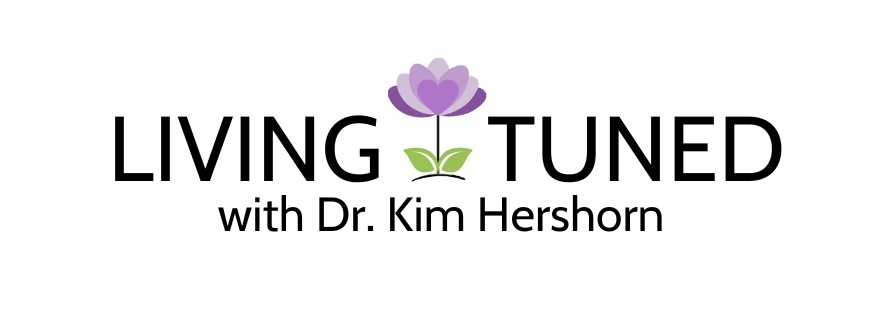Here is my article published in the Montreal Gazette and other Postmedia newspapers across Canada on Oct. 12, 2011. It gave me the opportunity to share the work of love with a few readers, new clients and at a few speaking engagements.
Last week, Sharon Kirkey’s series of articles about people suffering with chronic pain was published in Postmedia-owned newspapers across the country (You can find them here). After reading the first one last Monday, my mother called me.
“So few people really understand what you went through,” she said.
Yeah, but I don’t want to go into the details of how I struggled or how bad or hard it was. I did and it was. People need to hear those stories so they can understand, show more compassion for and support those who live in pain. But I want to talk about the purpose of pain: The opportunity for growth. That goes for us as a culture and as individuals.
Like many others who have suffered from chronic pain, I had a car accident that changed my life. After many visits to doctors, I had no real answers about how to get better, so I resolved to find my own. I read tons of books; went to all kinds of therapists and healers; tried all kinds of diets and supplements; I meditated and prayed; even got a doctorate focusing on wellness. Now, after what took the better part of two decades, pain no longer controls my life. And I feel great.
The story of chronic pain is everybody’s story, albeit in different ways. Chronic pain is a sign of the times and a reflection of modern Western culture in crisis. Not only is it pandemic with pain syndromes and many illnesses and diseases becoming increasingly common; it is also an illustration and often a direct result of larger social, environmental and cultural ills.
Einstein once said: You can’t solve problems with the same thinking that caused them. Pain—whether social or personal—offers the possibility not only for a new paradigm, but for a new way of being. Like a wake-up call, it asks us to change.
When I first sought help in the mid-nineties, things like chronic pain, chronic fatigue and fibromyalgia were new and not really taken seriously by many doctors. But more research has been done and books written. More people have it and have told their stories. More doctors listen. And more helpful practices have become more mainstream. As a culture, in general, our approach to wellness has been shifting. This reflects a larger cultural transition that is arising in response to the suffering caused by our multifaceted systemic crisis. Many are looking for healthier ways of being. They are engaging in new kinds of health practices, economic exchanges, educational initiatives, ways of eating and growing food, working, and relating to nature and their environments. Collectively, many are learning from past mistakes, responding to social pathologies, and growing up. In our modern drive toward progress, we had forgotten the sacredness of life. Even many pain centres have been turning to the spiritual aspects of healing.
But a mind-body understanding of pain and illness can also be an oversimplification of its causes. It often blames the sufferer as if relief were as easy as flicking a switch. Those who are sick or in pain, although responsible for their healing, cannot be expected to just change their mindsets to find comfort. Although attitude is key to coping and living a happy, healthy life, pain is complex. People who have had accidents, surgery or other kinds of trauma—both physical and emotional—can find it more difficult to handle the growing number of toxins including hormone disruptors in the environment. Some people are more sensitive than others—to toxins, to the emotions of others, to crisis in the world, to their own and other people’s traumas, to foods, to weather, and abuse. Some people inherit certain dispositions, challenges or traumas from their parents and grandparents. Some continue to have pain because their bodies are not aligned optimally—especially if they are compensating for an injury. Over time these and other stresses can erode the body’s capacity to function. I have seen these and other causes of chronic pain in myself and in my practice with others. Our experience is diverse, complex and vast. It encompasses all the things that we might not yet grasp about the universe, life and our own being. If I’ve learned anything, it’s the need to be open to learning.
In suggesting that pain has a purpose, I don’t mean to belittle anyone’s suffering. Or even claim that there is a happy ending for everyone. Clichés can be annoying when you haven’t slept in days and your muscles are in knots from head to toe. I know what it’s like to feel like you cannot bear it any longer, to lose hope and question whether or not life has any meaning at all. Nevertheless, there I was everyday—still alive. I sometimes watched the sunrise after a night of tossing and turning. Or I’d notice it set. The trees would grow and lose their leaves. Day after day, season after season, I was still breathing. I figured there must be a reason. Human beings are resilient. There is some spark within us, however dim, that carries us through the darkest nights of the soul. I learned to be quiet and listen to it. I found there could be peace and joy even with pain. I nourished the spark until the flame grew bigger; and I realized that it was love—universal, unconditional—the love at the heart of my heart’s heart. It made me more aware of the sacredness of life, of my own life and of life in general. It taught me to live with reverence and respect with a depth that I was not capable of before; and that my existence was so much more than I had previously experienced.
Although I had changed my diet, lifestyle and relationships; and engaged in bodywork, exercise, prayer and meditation, my transformation did not come from a change in my thinking. I had not discovered any secret, previously unaccessed knowledge that cured me. It came from being in a way that was increasingly aligned to this love that I felt at my core. I committed to renewing it everyday, in each moment. When I faltered, I felt the difference. Perhaps this is what will help us through these times of crisis and change; and guide us toward a healthier, happier, more caring world?

